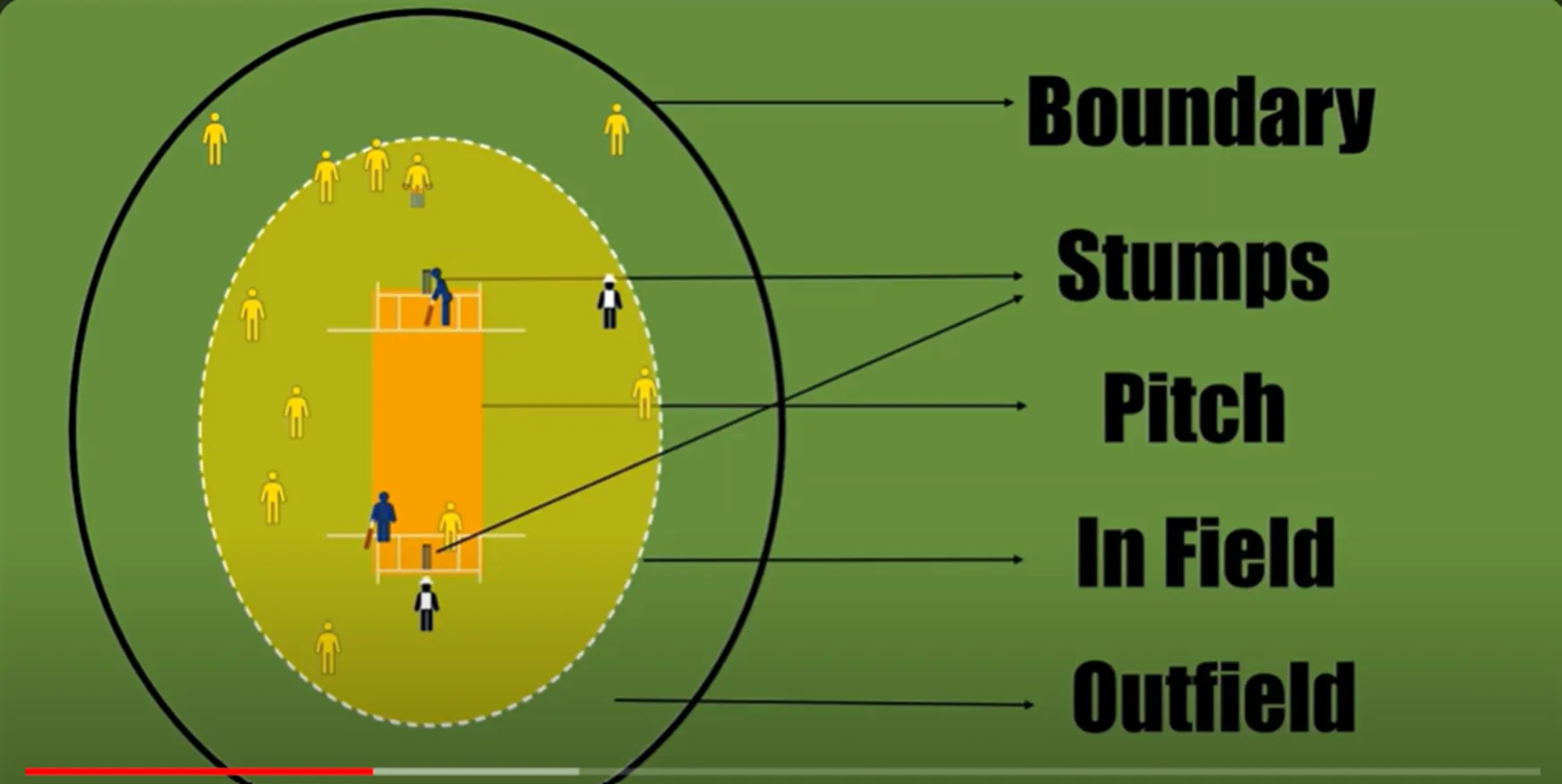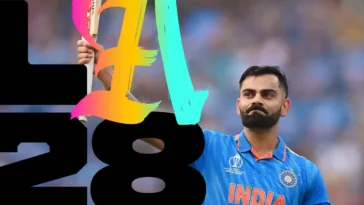Cricket is a game of tradition, strategy, and skill. It is a sport enjoyed by millions worldwide, with its roots in the UK and now played across continents. If you are new to cricket or want to deepen your knowledge, understanding the cricket rules is essential. The International Cricket Council (ICC) governs these rules, which are designed to ensure fairness and consistency in all matches.
In this blog, we will take you through the core cricket rules according to the ICC, covering various aspects of the game, including the format, batting, bowling, and fielding. Whether you are a player or a fan, mastering these rules will enhance your understanding of the game.
Wants to know about Cricket Bat Rules.
1. Understanding the Basics of Cricket Rules
Cricket is played between two teams, each comprising 11 players. The objective is simple: the batting team tries to score as many runs as possible, while the bowling and fielding team attempts to dismiss the batters and restrict runs. A match is divided into overs, and each over consists of six legal deliveries bowled by the bowler.
Under the ICC cricket rules, the game can be played in various formats, including Test matches (five-day matches), One Day Internationals (50 overs per side), and T20 Internationals (20 overs per side). Each format has specific guidelines on how the game progresses, but the fundamental cricket rules remain consistent across all formats.
2. Cricket Rules for Batting
Batting is a crucial component of cricket, and there are several rules that govern how batsmen can score runs and get out. Here are some key batting cricket rules according to the ICC:
- Scoring Runs: A batter scores a run by running between the wickets after hitting the ball. A boundary is worth four runs if the ball hits the ground before crossing the boundary line, or six runs if it clears the boundary without touching the ground.
- Dismissals: A batsman can be dismissed in several ways, including being bowled, caught, run out, stumped, or LBW (Leg Before Wicket). According to cricket rules, when a batter is dismissed, they must leave the field, and the next batter takes their place.
- No Balls and Extras: If the bowler commits an infringement, such as overstepping the crease, the batter is awarded a no ball, and the batting team is given one extra run. Other extras include wides, byes, and leg byes, which can also contribute to the score.
3. Bowling Cricket Rules
Bowling is the art of delivering the ball in a way that challenges the batter. The bowling cricket rules ensure that bowlers adhere to a set of guidelines to maintain fairness and integrity in the game.
- Over Delivery: A bowler must deliver six balls in an over. A bowler is not allowed to bowl more than one over consecutively in most formats. In some cases, the number of overs a bowler can bowl is limited (e.g., in a T20 match, a bowler can bowl a maximum of 4 overs).
- No Balls and Wides: A no ball occurs when the bowler oversteps the line, delivers a high full toss, or bowls with an illegal action. If a bowler bowls a no ball, the batting team receives one extra run, and the next delivery is a free hit, which means the batter cannot be dismissed by conventional methods (like being caught or bowled).
- The Bowling Action: According to the cricket rules set by the ICC, a bowler must have a straight-arm delivery action. Any illegal action, such as “throwing” the ball instead of “bowling” it, can result in a no-ball being called by the umpire.
4. Fielding and Cricket Rules
Fielding plays an integral role in cricket, as it involves stopping runs and dismissing batters. The fielding cricket rules, as stipulated by the ICC, outline the positions of fielders and how they can influence the game.
- Fielding Positions: The cricket field is divided into various positions such as slips, gully, cover, point, mid-off, and mid-on. Fielders must stay within the fielding area, and the captain can adjust their fielding positions based on the bowler and the batter’s strengths and weaknesses.
- Catch and Dismissals: If a fielder catches the ball off the batter’s bat without it touching the ground, the batter is considered out. The ICC cricket rules also specify that the fielder must catch the ball cleanly and must not drop it during the attempt to catch it.
- The 30-yard Circle: In limited-overs formats like One Day Internationals and T20 matches, there is a 30-yard circle in the field. Fielders outside this circle must maintain a certain number of players within the circle to prevent fielding restrictions and ensure the game remains dynamic and balanced.
5. Rules for Umpires
Umpires are integral to the game, and their decisions are final according to the cricket rules. The role of the umpire is to ensure that the game is played within the framework of the rules and to make decisions on dismissals, boundaries, no balls, and other key aspects of the match.
- Decision-Making: Umpires have the authority to give decisions on dismissals, including the contentious LBW decision. They also monitor the over-rate and ensure that the game is progressing according to the prescribed cricket rules.
- Review System: In modern cricket, the Decision Review System (DRS) allows teams to challenge an umpire’s decision. If the review shows the original decision was incorrect, it can be overturned. However, teams are limited in the number of reviews they can make during a match.
6. Rules for the Match
The rules of the match, as laid out by the ICC, ensure that the game proceeds in an organized manner.
- The Toss: Before the match begins, the captains of both teams participate in a coin toss to decide which team will bat or bowl first. The result of the toss can often influence the outcome of the game.
- Innings: A match consists of one or more innings, depending on the format. The batting team must score as many runs as possible within the allotted overs, while the opposing team attempts to dismiss them within the same number of overs.
- Winning the Game: In most cricket formats, the team with the most runs after both innings wins the game. However, in some cases, the game may end in a draw or a tie, particularly in Test matches.
7. Understanding the Spirit of Cricket
While the cricket rules govern the technical aspects of the game, there is also a concept known as the “Spirit of Cricket.” This refers to maintaining sportsmanship and respect for the opposition and the umpires. According to the ICC, players are expected to uphold these principles, ensuring the game remains enjoyable and fair for all participants.





 No products in the cart.
No products in the cart.